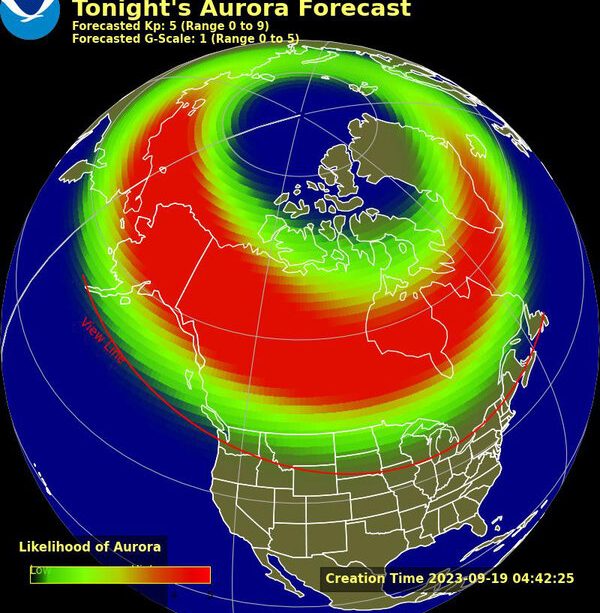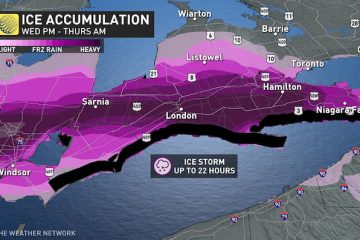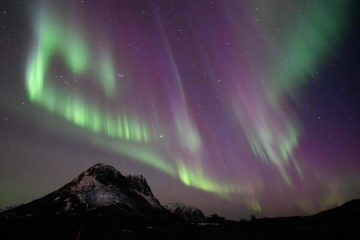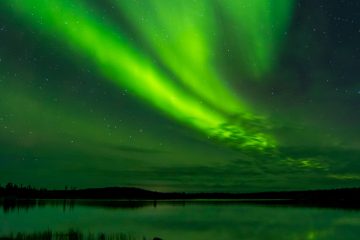Northern Lights Aurora Borealis Forecast for 2023

Introduction
The Northern Lights, also known as the Aurora Borealis, have captivated countless onlookers with their breathtaking beauty and ethereal glow. This natural phenomenon occurs when charged particles from the sun collide with Earth’s atmosphere, creating vibrant colors that dance across the night sky. Understanding the forecast for these lights is crucial for enthusiasts and travelers hoping to witness this spectacular display.
Current Forecast
According to the latest reports from the National Oceanic and Atmospheric Administration (NOAA), the auroras are expected to be particularly visible in the northern regions of Canada as well as northern U.S. states this year. A recent uptick in solar activity has resulted in higher-than-average potential for auroral displays. Forecasts indicate peak visibility around the equinoxes in March and September; however, exceptional displays can occur at any time throughout the year.
What to Look For
The best time to view the Northern Lights is typically between 10 PM and 2 AM, with darker skies offering the clearest visibility. Locations such as Yellowknife in Northwest Territories, and the Yukon are prime spots for aurora viewing due to their low light pollution and optimal geographic positioning. During the upcoming months, especially in December, travelers can prepare for increased chances of sightings as long nights will provide ample opportunity for viewing.
Travel Tips
For those planning to chase the Northern Lights, it is advisable to check local aurora forecasts and weather conditions before heading out. The Aurora Forecast App, available for both Android and iOS, provides real-time updates on auroral activity, enhancing your chances of witnessing this incredible spectacle. Additionally, dressing warmly and setting up in an area free from obstructions like tall buildings and trees will enhance your viewing experience.
Conclusion
The Northern Lights are not merely a visual experience; they connect us to the vastness of our planet and the universe. As solar activity increases towards the peak of the solar cycle in 2024, 2023 provides a unique opportunity for enthusiasts to witness one of nature’s most awe-inspiring phenomena. Keeping an eye on the aurora forecasts and preparing adequately ensures that every outing can lead to unforgettable memories under the dancing skies.









